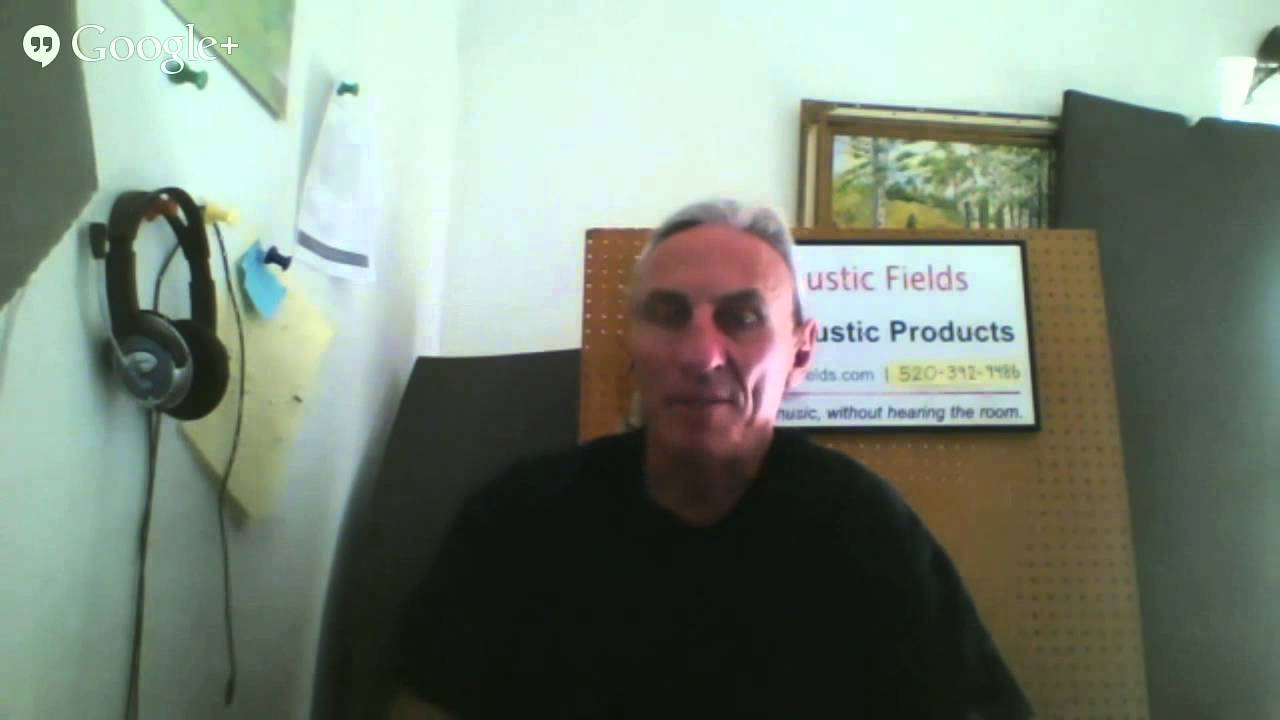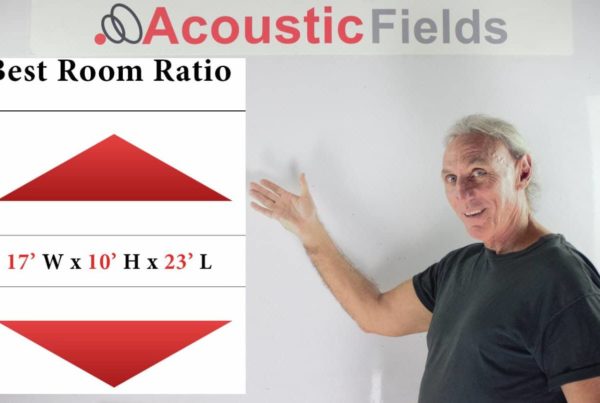In response to my “Three acoustic technologies all studios must have” video, which you can see further down the page, I was asked the following question in a recent hangout “The denser the material the lower frequencies it absorbs, again, correct?” Well not necessarily. I don’t know what kind of material the person is talking about. You could say concrete, poured concrete is a good absorber. Now it does absorb some energy but there’s a really high density, high mass product, treatment that doesn’t absorb much energy. So in answer to the more mass the more absorption question, not necessarily, you have to look at the material type.
Ali: Okay. Very good, okay. Well final thoughts for this week Dennis?
Dennis: No, not seeing anything out of the ordinary other that lots of glass. All the rooms I’ve look at this week, lots of glass and you’ve got to treat that glass when you’re using it for music. Now if you’re not going to be using it for music then take the treatment off but you’ve got to come up with the treatment. I don’t care if it’s drapes, a panel that slips in, a piece of foam, it doesn’t matter but you’ve got to cover that glass and there’s just certain places in the room glass cannot be. So just seeing a lot of glass in rooms and trying to figure out why.







